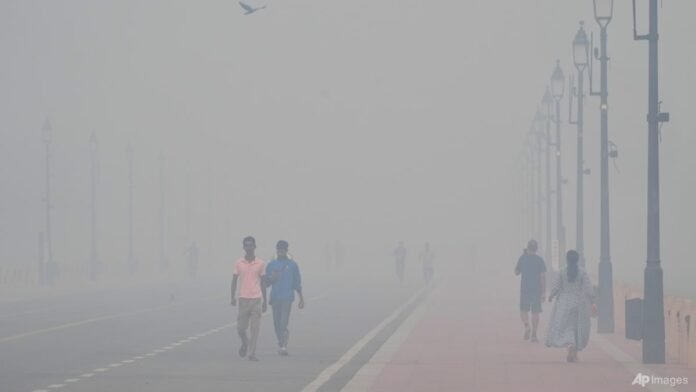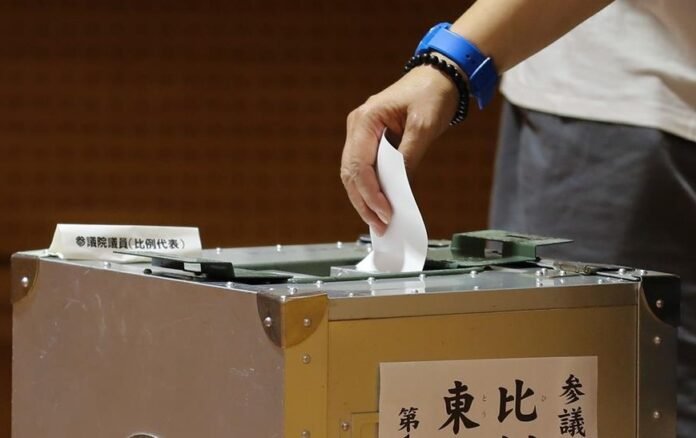New Delhi is enveloped in a dense haze after the Diwali fireworks exploded across the skyline. Air‑quality monitors show the city’s index has surged into a hazardous zone, with fine‑particle levels (PM 2.5) well above safe limits.
The bright celebrations, a hallmark of the festival, released massive amounts of smoke, dust, and chemicals into the air. Over 80 percent of the city’s streets are now under the national air‑quality alert.
Health officials warn that breathing this polluted air can trigger asthma attacks, coughing, and eye irritation. They urge residents—especially children, the elderly, and people with pre‑existing conditions—to stay indoors, keep windows closed, and use air‑purifying filters if possible.
The government has launched a public‑advisory campaign and deployed additional pollution‑monitoring stations to track the smog. It also announced plans to improve ventilation corridors and restrict traffic on key arteries to reduce exhaust emissions.
Environmental activists say the phenomenon is a stark reminder that festive celebrations can have serious environmental and health repercussions. They call on local authorities to enforce stricter regulations on fireworks production and distribution, and to invest in cleaner, safer alternatives.
For now, New Delhi’s skies are shrouded in thick smog, and citizens are advised to limit outdoor activities until the air clears. Stay tuned for updates on air‑quality improvements and any new measures the city plans to take.
Stay informed on all the latest news, real-time breaking news updates, and follow all the important headlines in world News on Latest NewsX. Follow us on social media Facebook, Twitter(X), Gettr and subscribe our Youtube Channel.


